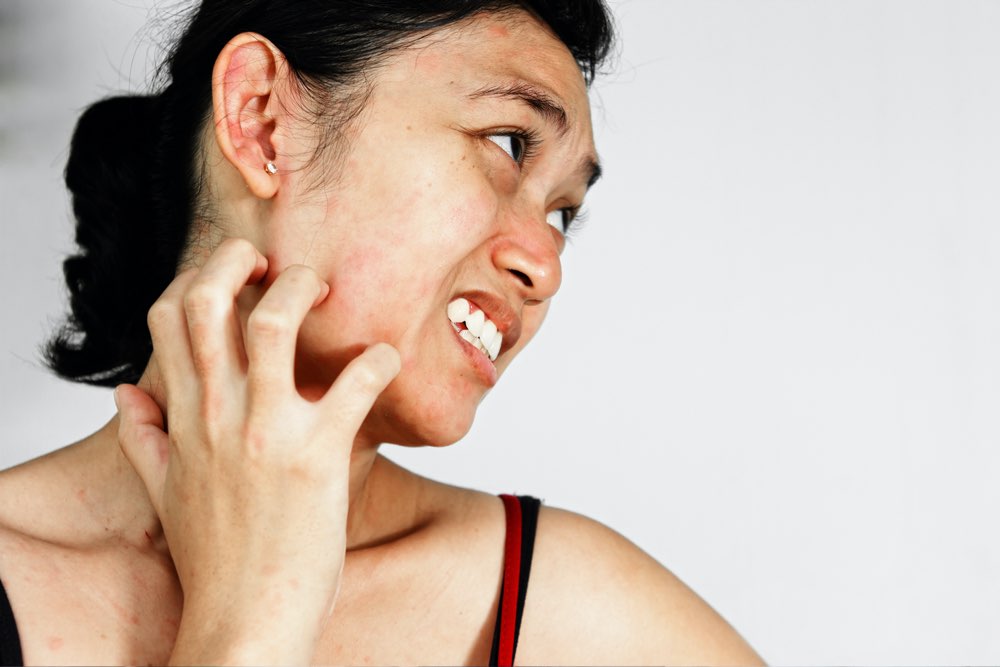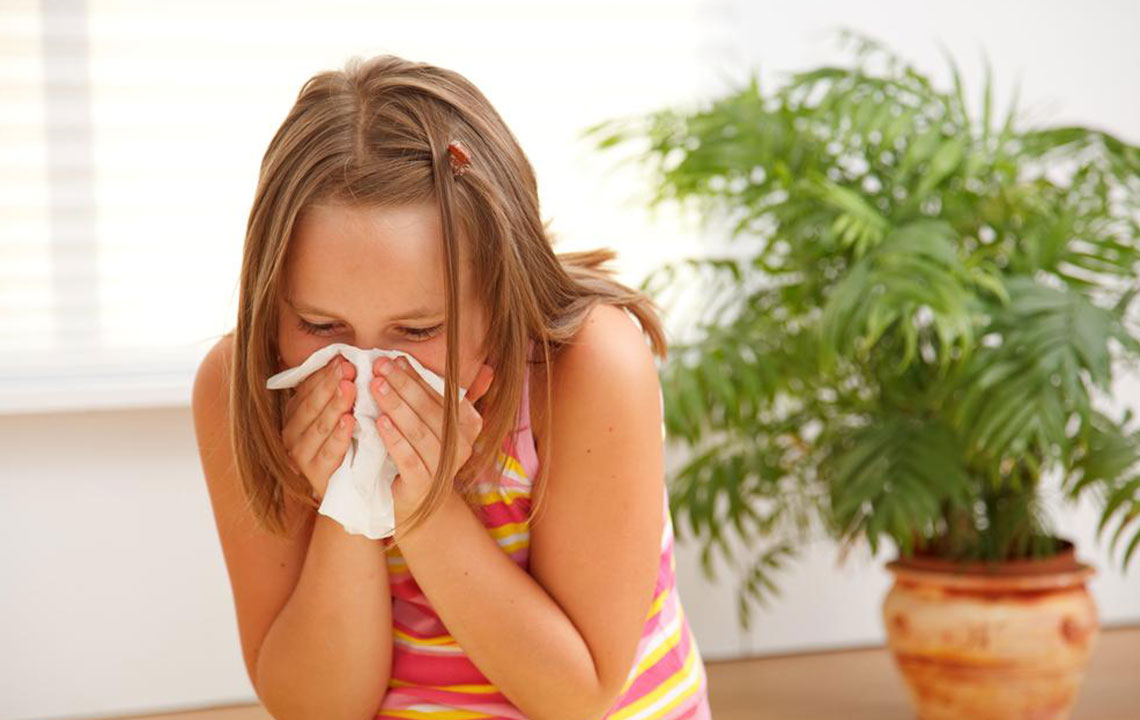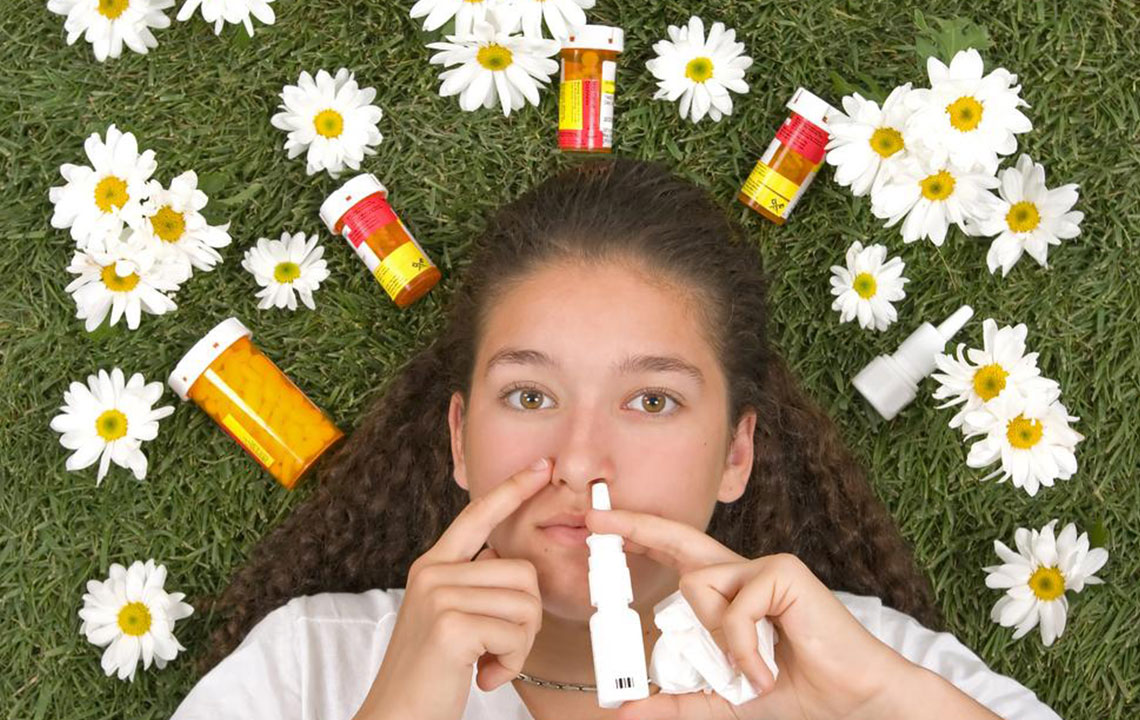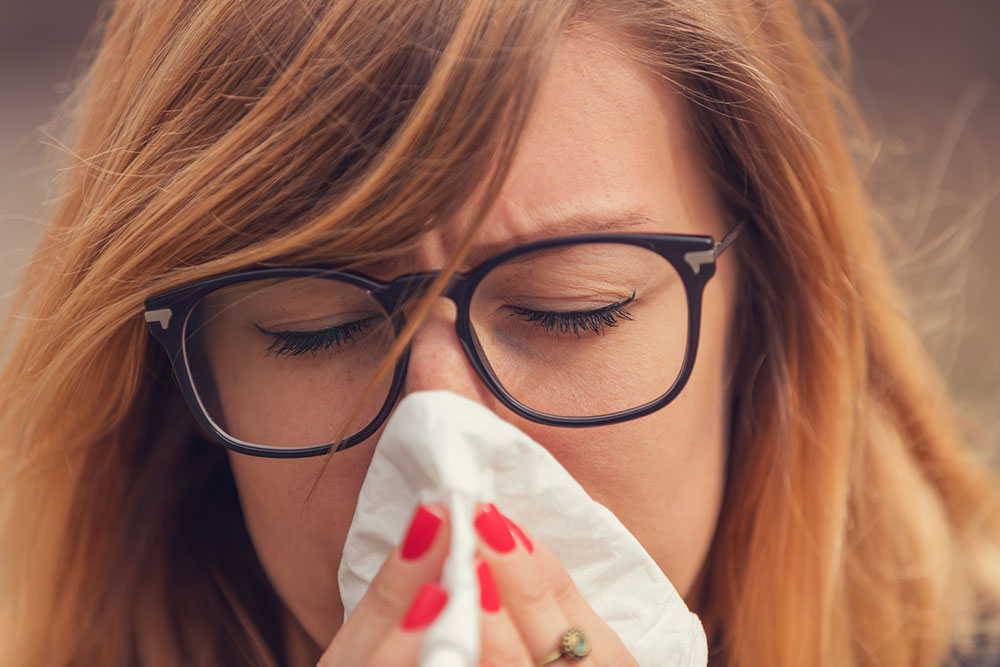Comprehensive Guide to the Top 10 Common Allergens and Their Symptoms
This comprehensive article explores the top 10 common allergens, highlighting their signs and symptoms. It provides detailed insights into pollen, foods, pet dander, medications, and household allergens like mold and dust mites. Understanding these triggers helps in effective management to reduce allergic reactions, providing practical tips for prevention and control. Perfect for allergy sufferers seeking to improve their health and well-being through informed choices and proactive measures.
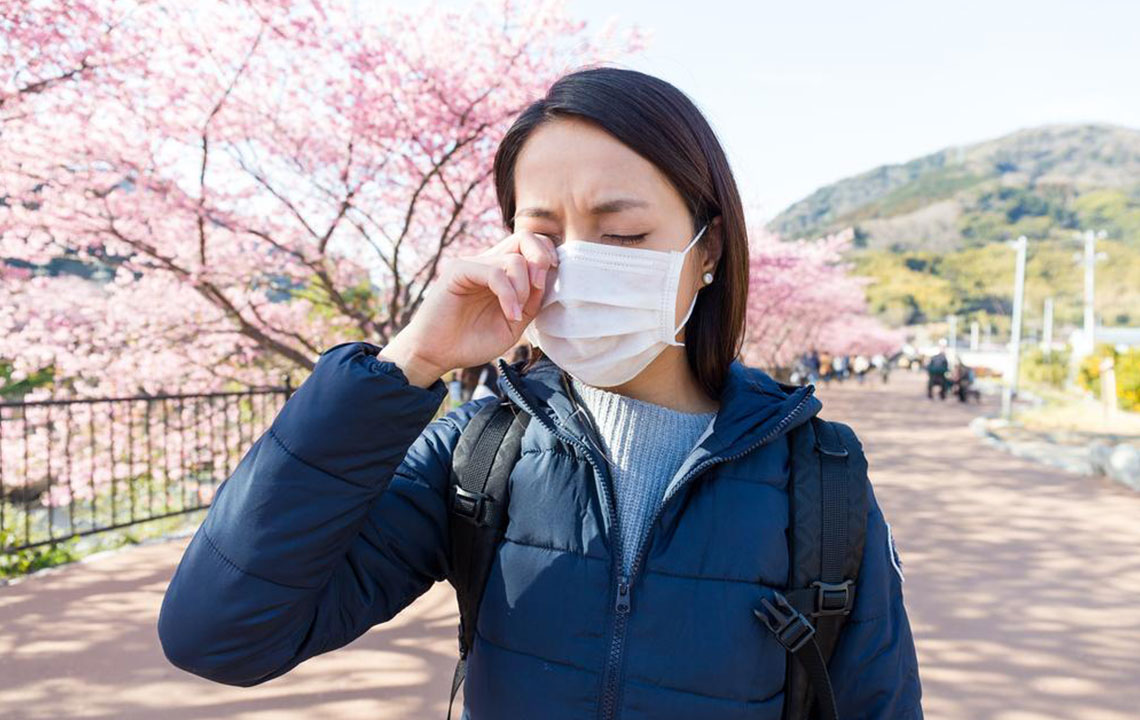
Comprehensive Guide to the Top 10 Common Allergens and Their Symptoms
Allergic reactions are a widespread health concern affecting millions worldwide. These symptoms often become more pronounced during seasonal changes or in environments with elevated levels of certain airborne and contact allergens. Understanding the primary allergens—such as pollen, various foods, pet dander, and household substances—is essential for effective management and prevention. This detailed guide explores the most common allergens, how they trigger reactions, and what signs to look out for to maintain your health and well-being.
Pollen
One of the most prevalent seasonal allergens, pollen is released by trees, grasses, and flowering plants during specific times of the year. Pollen particles are microscopic but highly allergenic, often leading to hay fever (allergic rhinitis). Symptoms typically include sneezing, itchy or watery eyes, nasal congestion, and post-nasal drip. For many individuals, exposure peaks during spring, summer, or early fall, depending on local vegetation. Managing pollen allergies involves staying indoors during peak pollen hours, using air purifiers, and taking antihistamines as recommended by healthcare providers.
The list of allergy symptoms is extensive. Common reactions include frequent sneezing, persistent runny or itchy eyes, nasal blockage, coughing, and throat irritation. Identifying triggers helps in reducing exposure and alleviating symptoms.
Food Allergies
Food allergies are a significant concern affecting people of all ages. Common food allergens include dairy products, nuts, eggs, shellfish, wheat, and soy. When someone with a food allergy consumes these substances, their immune system overreacts, leading to symptoms such as skin rashes, hives, nausea, vomiting, wheezing, or in severe cases, anaphylaxis. Recognizing these signs early is crucial for timely treatment. In addition to dietary avoidance, reading food labels carefully and informing restaurants about allergies can prevent severe reactions.
Pet dander is another major allergen, especially for animal owners and those exposed to pet environments. Proteins from saliva, skin flakes, and urine from cats, dogs, and other furry animals can trigger allergic responses. Symptoms often include nasal congestion, sneezing, coughing, facial pressure, and chest tightness. Regular cleaning, using HEPA filters, and keeping pets out of bedrooms help in reducing allergen levels.
Medications and Chemical Allergens
Certain medications, such as antibiotics, anticonvulsants, and chemotherapy drugs, can provoke allergic reactions ranging from mild rashes to severe dizziness and difficulty breathing. Chemical exposure from household cleaners, cosmetics, and environmental pollutants can also cause sensitivities, including headaches, dizziness, skin irritation, or respiratory issues. Always notify healthcare providers about drug allergies and opt for hypoallergenic products whenever possible.
Latex allergies are common among individuals frequently using rubber gloves, balloons, or latex-based medical supplies. Allergic reactions include itching, rashes, hives, and sneezing. Fragrance sensitivities are equally widespread, often triggered by artificial scents found in perfumes, cleaning agents, and personal care products. These can cause headaches, nausea, dizziness, or respiratory distress. Reducing exposure involves choosing fragrance-free options and ventilating spaces thoroughly.
Insect Stings and Bites
Insect bites, especially from bees, wasps, or ants, can be painful. For some, the venom provokes allergic reactions such as swelling, redness, nausea, or mild fever. Severe allergic responses like anaphylaxis require immediate medical attention. Protecting oneself involves avoiding insect-prone areas, wearing protective clothing, and carrying emergency allergy medications if prescribed.
Mold spores thrive in damp environments such as basements, bathrooms, and areas with water damage. Inhalation of mold can cause cough, shortness of breath, asthma-like symptoms, itchiness, or post-nasal drip, especially in individuals with mold sensitivities. Maintaining dry, well-ventilated spaces and cleaning moldy surfaces help prevent exposure.
Dust Mites and Cockroaches
Dust mites are microscopic creatures residing in bedding, upholstery, and carpets. Their presence can lead to sinus issues, itchy noses, sore throats, and chest discomfort. Similarly, cockroach allergens—found in droppings, saliva, and body parts—are potent triggers, causing nasal congestion, wheezing, and sinus infections. Regular cleaning, enclosing bedding in allergen-proof covers, and pest control are key strategies to reduce their impact.
Understanding these common allergens and their signs is vital for effective allergy management. By identifying triggers and implementing preventive measures, individuals can significantly improve their quality of life and minimize allergic discomforts. If allergies persist or worsen, consulting a healthcare professional for testing and personalized treatment plans is recommended.
